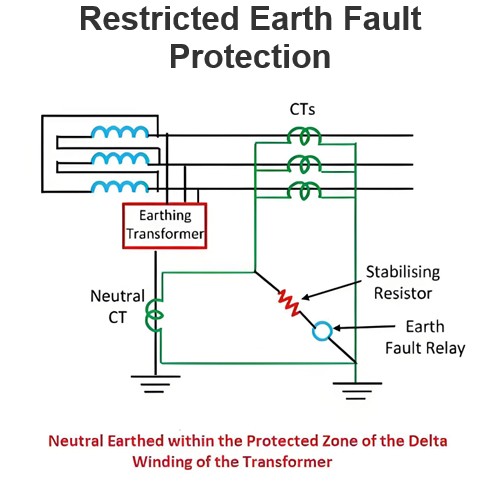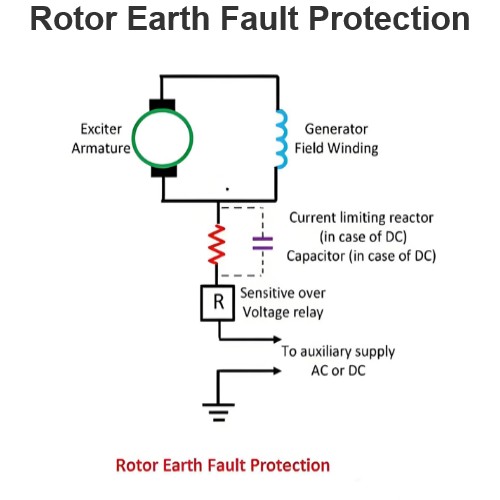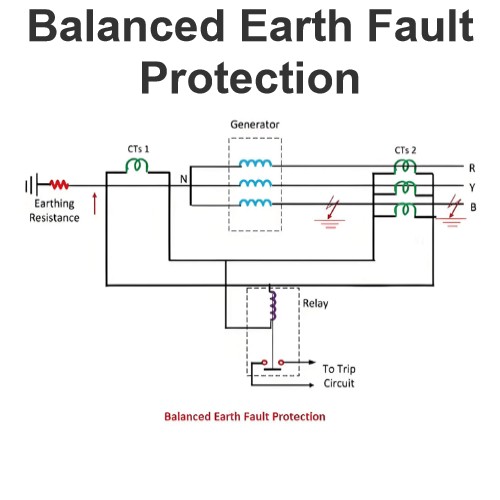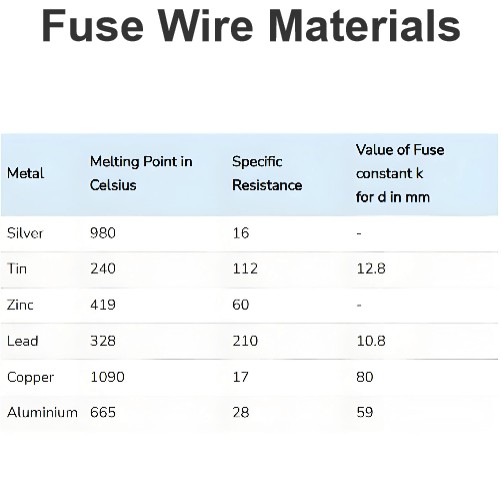What is the reason for wanting low resistance in the load for DC voltage sources and high resistance in the load for AC voltage sources?
In discussing the requirements for load resistance in DC voltage sources versus AC voltage sources, it's important to note that there isn't a universal rule stating that DC voltage sources always require low load resistance, while AC voltage sources always require high load resistance. The actual requirements depend on the specific application, circuit design, and the matching principles between the power source and the load. However, certain applications may favor particular ranges of load resistance, and this can be understood from several perspectives:
1. Matching Power Source Internal Resistance with Load Resistance
Both DC and AC power sources have some internal resistance (or equivalent series resistance). To maximize power transfer, theoretically, the load resistance should equal the power source's internal resistance (as per the Maximum Power Transfer Theorem). However, in practical applications, this match is not always desirable because:
DC Power Sources: In many DC applications, especially those powered by batteries, the goal is often to provide stable voltage output rather than maximize power transfer. Therefore, the load resistance is typically much higher than the power source's internal resistance to ensure minimal voltage drop and maintain output voltage stability. If the load resistance is too low, significant current will flow through the internal resistance, causing a substantial voltage drop, which can affect the stability of the output voltage.
AC Power Sources: In AC systems, particularly in grid-powered applications, the internal resistance of the power source is usually very small, approaching zero. In these cases, higher load resistance helps reduce current, thereby lowering power consumption and heat generation. Additionally, AC loads often involve inductive or capacitive elements, whose impedance varies with frequency. Therefore, the design of load resistance must consider the overall impedance matching of the system. In some cases, higher load resistance can simplify impedance matching, reduce harmonic distortion, and minimize reflections.
2. Current and Power Requirements
DC Power Sources: In some DC applications, such as motor drives or LED lighting, the load may require significant current. To provide sufficient current at a lower voltage, the load resistance is often designed to be relatively low. For example, in electric vehicles, the battery pack needs to supply large currents to the motor, so the motor's equivalent resistance is relatively low.
AC Power Sources: In AC systems, especially in high-voltage transmission and distribution networks, it is desirable to reduce current to minimize transmission losses. According to Ohm's Law I=V/R , higher load resistance results in lower current, reducing power losses in the transmission lines Pwire=I2R).
Therefore, in high-voltage transmission systems, load resistance is typically higher to ensure lower current and reduce energy loss.
3. Stability and Efficiency
DC Power Sources: For DC power sources, especially those used in battery-powered devices, a low load resistance can lead to excessive current, increasing the burden on the power source, shortening battery life, and potentially causing overheating or damage. Therefore, load resistance is usually designed to be sufficiently high to ensure the stability and longevity of the power source.
AC Power Sources: In AC systems, particularly in grid-powered applications, a higher load resistance can help maintain system stability by reducing current fluctuations and power consumption. Additionally, AC loads often have complex impedance characteristics, so the design of load resistance must consider the overall performance and stability of the system.
4. Protection Mechanisms
DC Power Sources: In DC systems, a low load resistance can cause overcurrent conditions, triggering the power source's overcurrent protection mechanisms. To avoid this, load resistance is typically designed to be higher to ensure that the current remains within safe limits.
AC Power Sources: In AC systems, higher load resistance helps reduce current, lowering the risk of overloading and short circuits. Moreover, AC protection mechanisms (such as circuit breakers and fuses) are often based on current thresholds, so higher load resistance can reduce the likelihood of triggering these protective mechanisms.
5. Special Application Scenarios
DC Power Sources: In certain specialized applications, such as solar panels or fuel cells, the design of load resistance must be optimized based on the characteristics of the power source. For example, the output voltage and current of solar panels vary with light intensity, so load resistance is chosen to optimize the maximum power point tracking (MPPT) to ensure maximum power output under different lighting conditions.
AC Power Sources: In applications like audio amplifiers or transformers, the design of load resistance must consider frequency response and impedance matching. Higher load resistance can help reduce distortion and improve audio quality.
Summary
DC Power Sources: In most cases, the load resistance for DC power sources is designed to be higher to ensure voltage stability, reduce the risk of excessive current, and extend the lifespan of the power source. However, in applications requiring high current, the load resistance may be designed to be lower.
AC Power Sources: In AC systems, load resistance is often higher, especially in high-voltage transmission and distribution networks, to reduce current and transmission losses. However, in certain applications, the design of load resistance must also consider impedance matching, frequency response, and other factors.
Therefore, the choice of load resistance is not simply determined by whether the power source is DC or AC but depends on the specific application, the characteristics of the power source, and the overall design of the system.
The Electricity Encyclopedia is dedicated to accelerating the dissemination and application of electricity knowledge and adding impetus to the development and innovation of the electricity industry.




